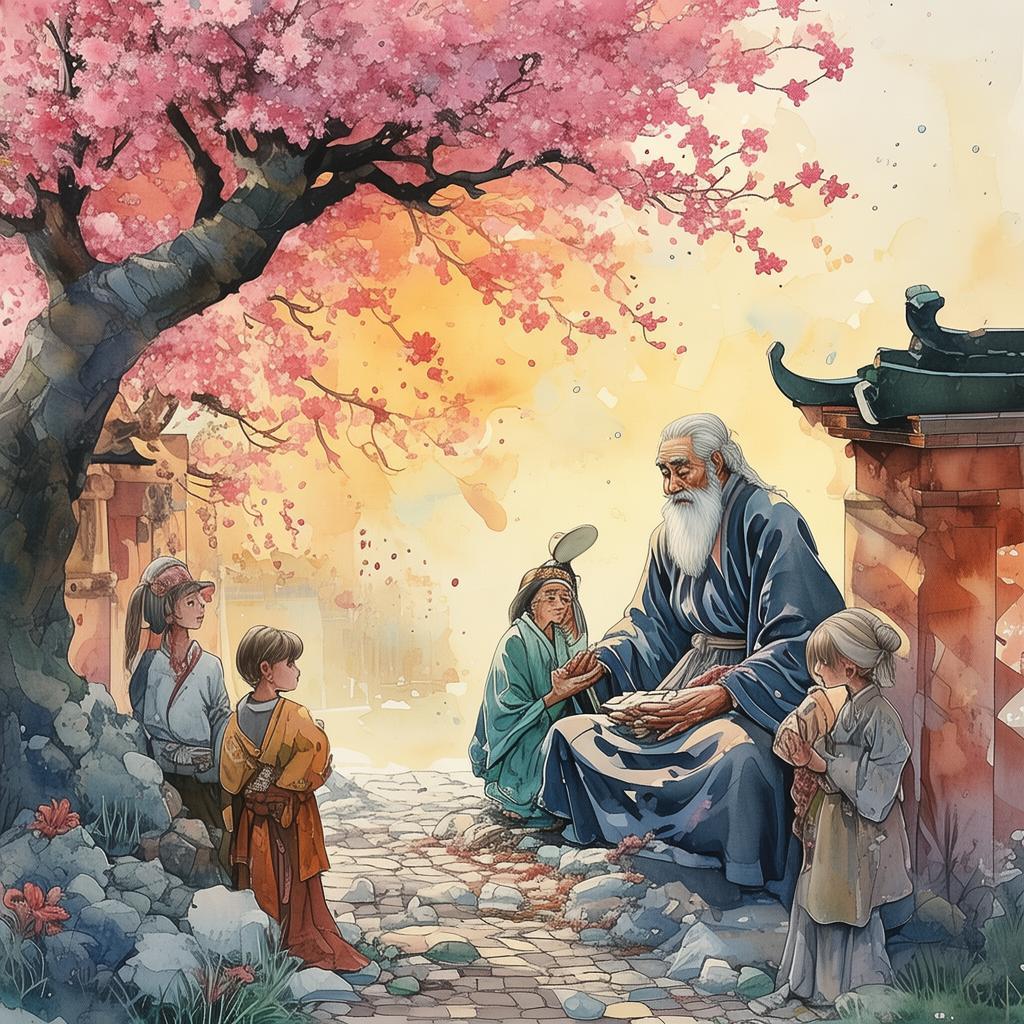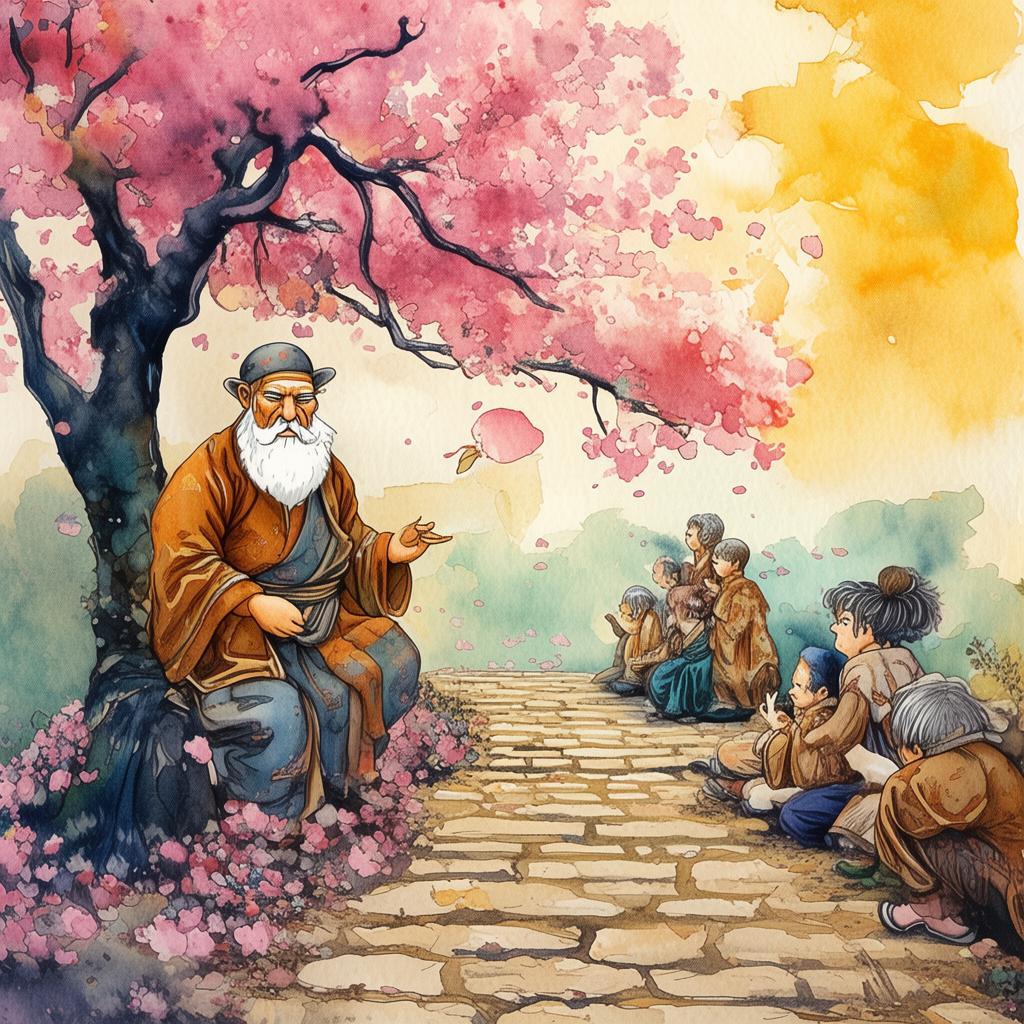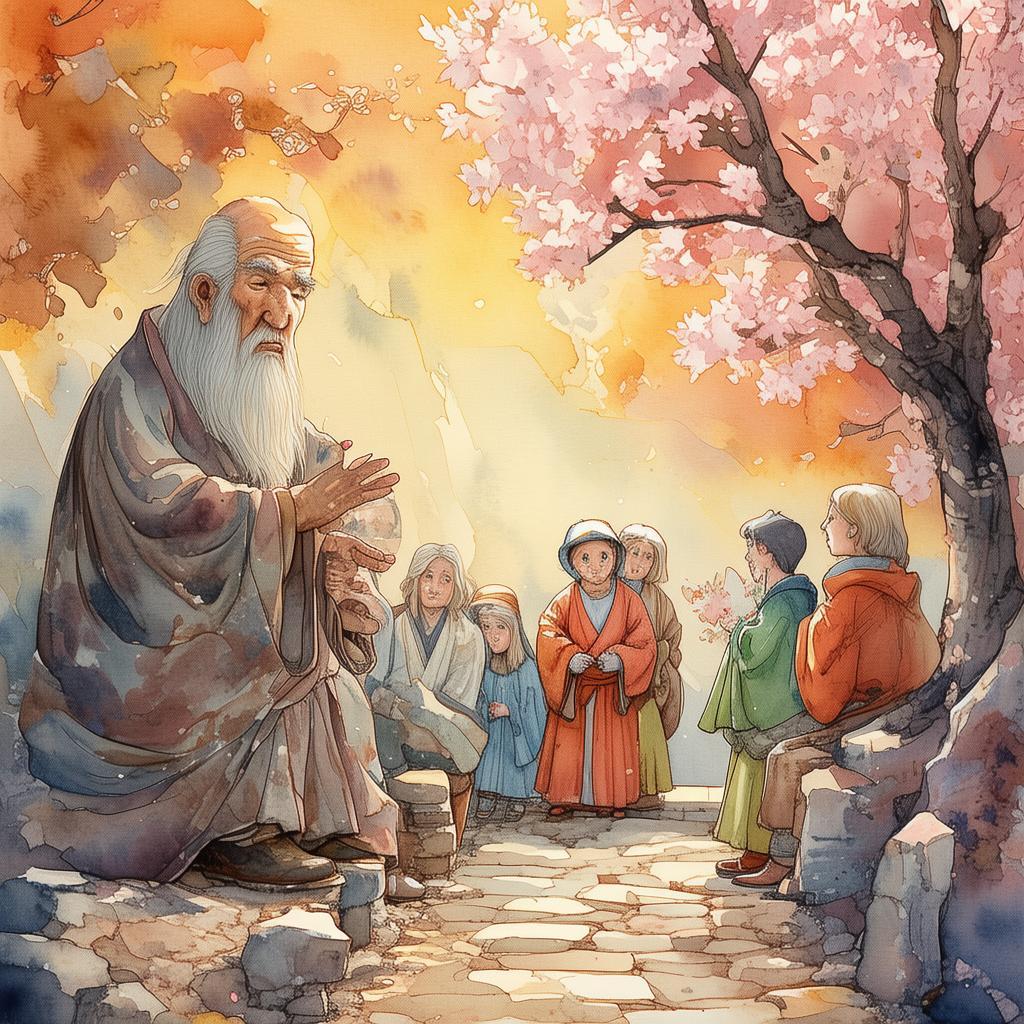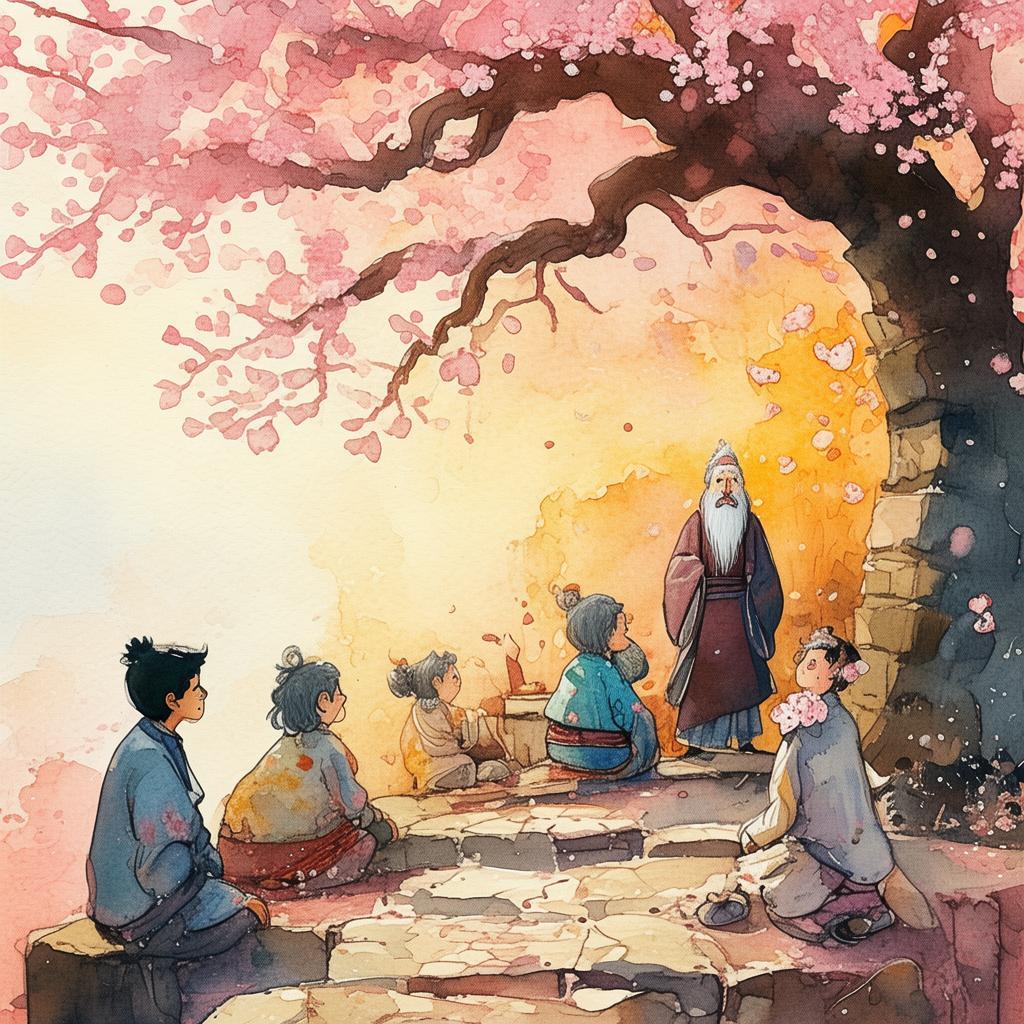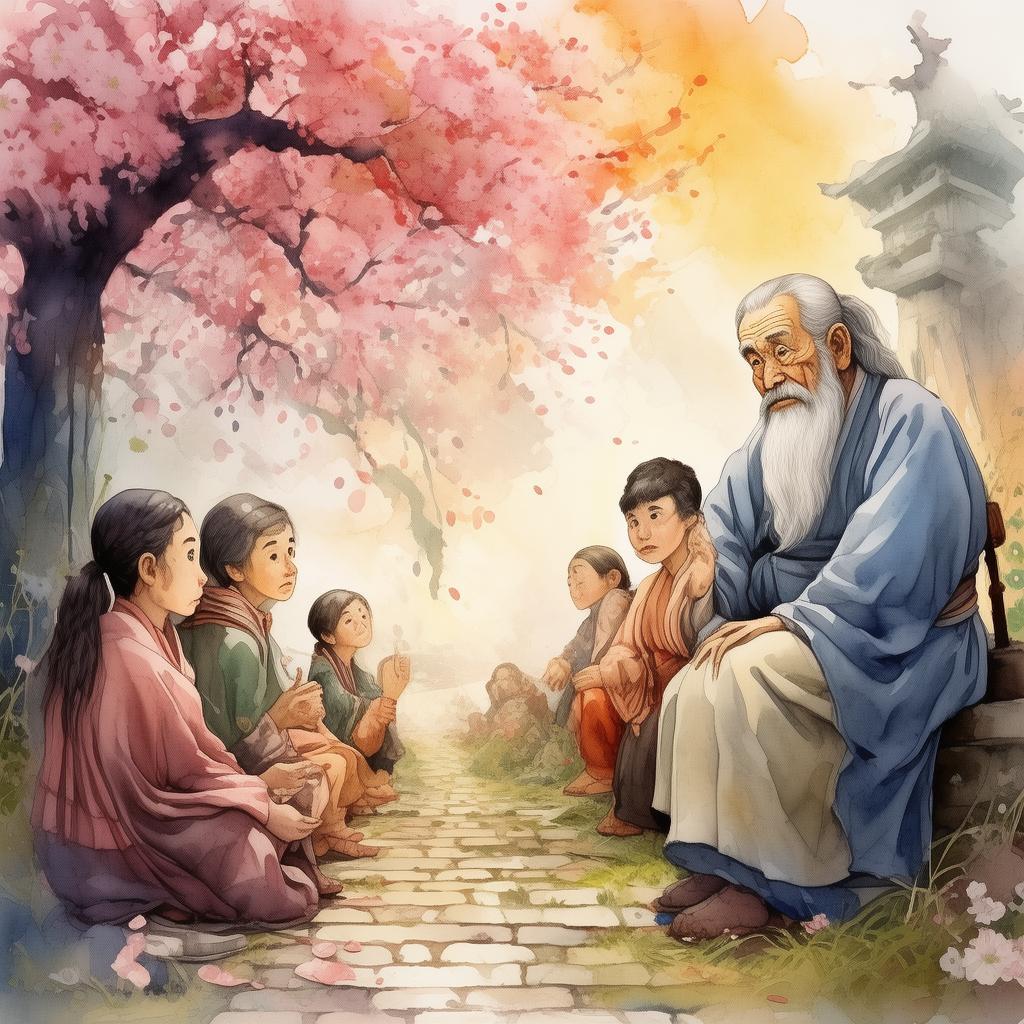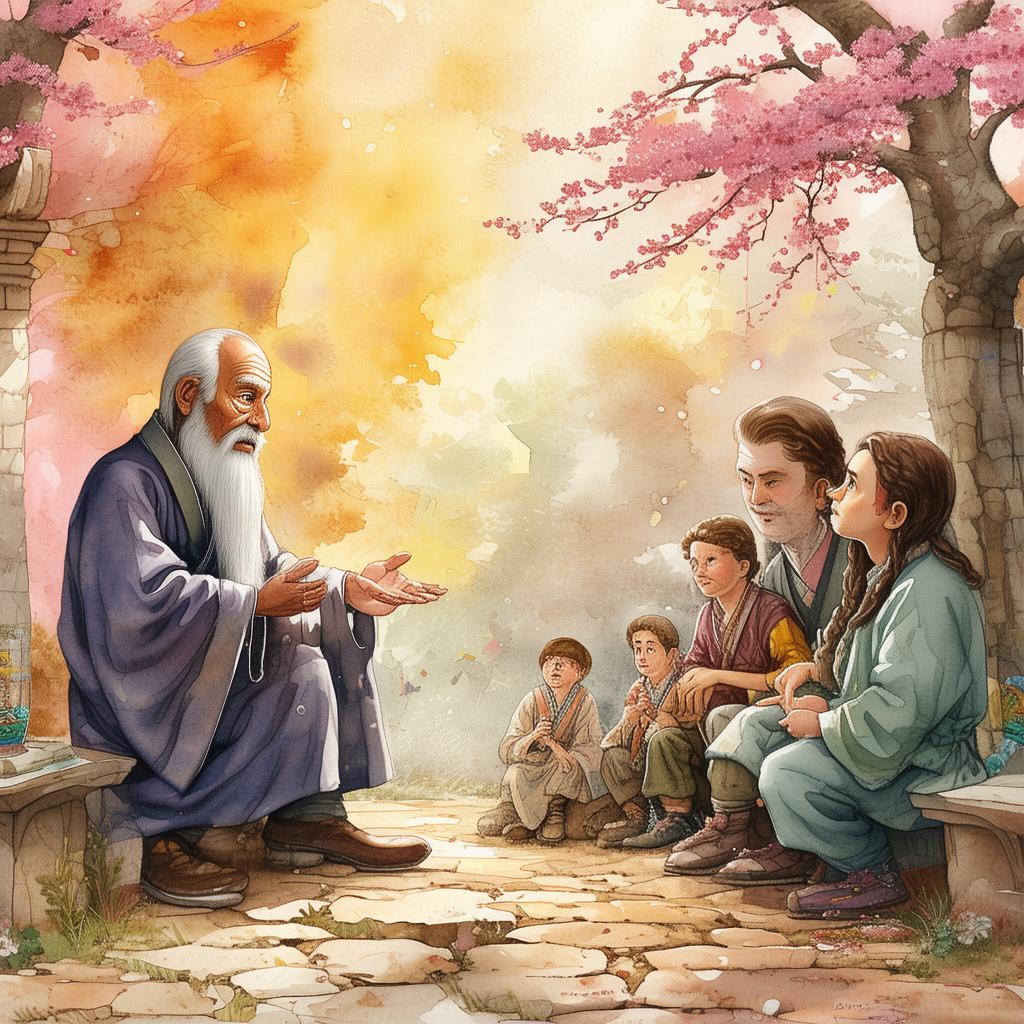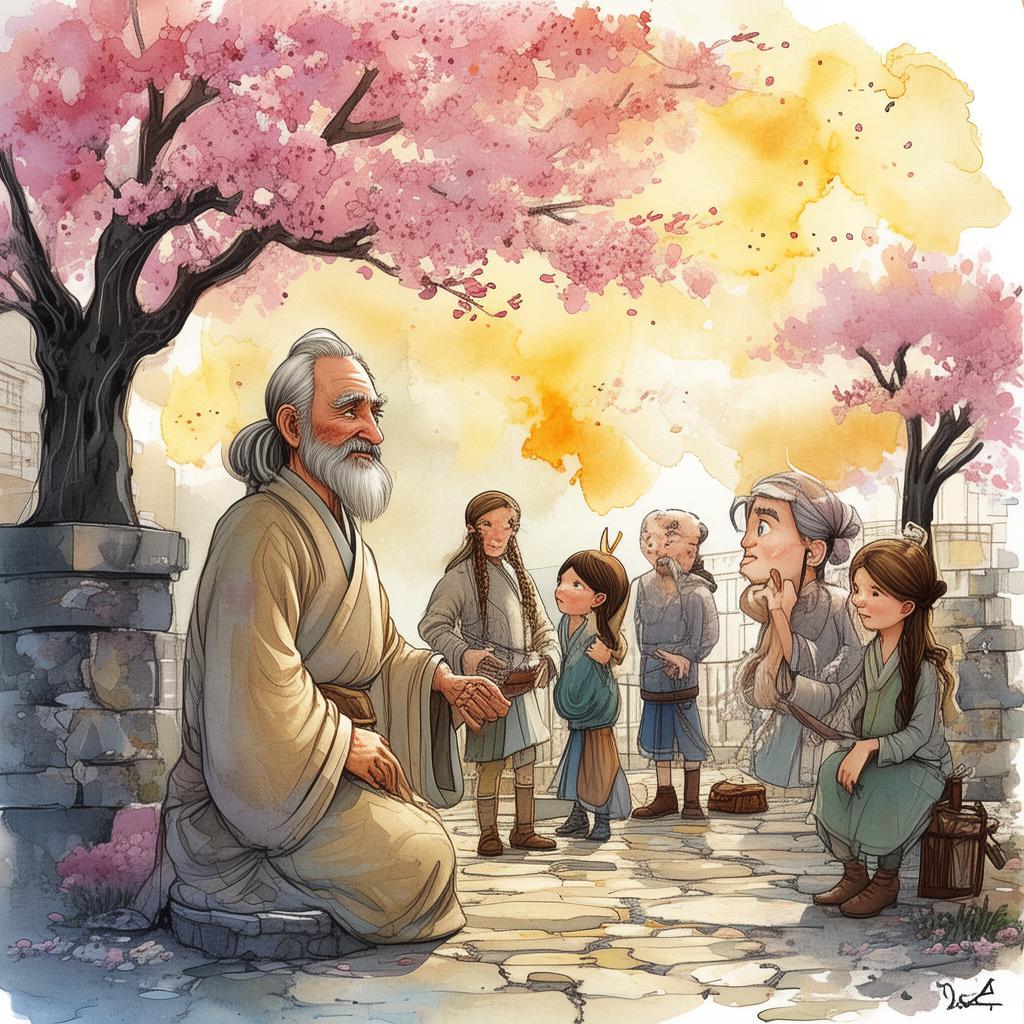The Monk's Redemption: A Quest for Wholeness
In the ancient mountains of Shoulin, where the mist clung to the peaks like a shroud, lived a monk named Kuan. His face was etched with years of contemplation and the harsh discipline of his life. Kuan had dedicated his existence to the pursuit of enlightenment, but as the years passed, a shadow of doubt crept into his mind.
The shadow was a curse, an ancient one that clung to him since his youth. It was said that a monk named Hsien, a revered figure in the monastic order, had been cursed by a vengeful spirit. The curse had been passed down through generations, and it was whispered that the monk who broke the curse would find enlightenment.
Kuan believed he was that monk. He had lived by the rules, had meditated for days on end, and had faced his own inner demons. Yet, the shadow remained. It was a constant reminder of the emptiness within him, a void that only the curse could fill.
The tale of The Monk's Curse, A Monk's Battle with the Fates, had been told to Kuan as a child. It spoke of a monk who had once been a great warrior, but who had found enlightenment through his quest to break the curse. Kuan saw himself in that monk, and he yearned to be like him.
One day, as Kuan sat beneath the ancient tree in the center of the temple, a sudden gust of wind rustled the pages of an old, tattered scroll. The scroll spoke of a hidden path, a route that led to the heart of the cursed mountain. It was said that only one who was pure of heart could walk this path and find the source of the curse.
Driven by the echo of destiny and the promise of redemption, Kuan set out on his quest. He traveled through the treacherous mountains, facing dangers that tested his resolve. He encountered ravenous beasts, cunning bandits, and the ever-present whisper of the curse within him.
As Kuan ventured deeper, he began to see the world in a new light. He realized that the true battle was not with the external forces of nature or the malevolent spirit that cursed him, but with the internal battles that raged in his own mind. Each step he took was a step toward understanding himself, a step toward wholeness.
One fateful night, Kuan reached the mouth of the cursed mountain. The entrance was a cave, dark and foreboding, its mouth yawning like the maw of some ancient beast. Inside, the air was thick with the scent of ancient stone and the chill of forgotten time.
Kuan entered, the light of his lantern flickering against the walls. The deeper he went, the more the cave twisted and turned, and the more the echoes of his own doubts echoed in his ears. He reached the heart of the cave, where the light from his lantern struggled to penetrate the darkness.
There, in the heart of the cave, was a pool of water, its surface still and deep. Kuan knelt beside it and peered into its depths. He saw his reflection, but it was not just his own face he saw. He saw the faces of all the monks who had come before him, each one defeated by the curse, each one a shadow of the man they could have been.
In that moment, Kuan understood the true nature of the curse. It was not just a spirit to be vanquished; it was a representation of the fear of the unknown, of the fear of not being enough. It was the fear of not living up to the expectations of oneself and others.
With a newfound clarity, Kuan reached into the water and touched his own reflection. He felt the weight of his doubts lift from him, and he understood that the path to enlightenment was not one of vanquishing external forces, but of embracing the whole of oneself.
As he stood, his heart was lighter, and the weight of the world seemed to lift from his shoulders. The curse, he realized, had been a construct of his own making, a barrier to his own self-acceptance. In breaking the curse, he had not broken a spirit, but had broken the chains that had held him back.

Kuan emerged from the cave, the sun setting behind him, casting a golden glow upon his journey. He returned to his temple, not as a monk seeking to vanquish a spirit, but as a monk seeking to understand his own heart.
He shared his story with the other monks, and they too found solace in his words. The curse had been lifted, not by force, but by the power of self-realization and acceptance. Kuan had found wholeness, not through the breaking of a curse, but through the embracing of his own flaws and imperfections.
And so, the tale of The Monk's Redemption spread far and wide, a story of not just one monk's battle with the fates, but of the universal quest for self-acceptance and the understanding that the truest form of enlightenment comes from within.
✨ Original Statement ✨
All articles published on this website (including but not limited to text, images, videos, and other content) are original or authorized for reposting and are protected by relevant laws. Without the explicit written permission of this website, no individual or organization may copy, modify, repost, or use the content for commercial purposes.
If you need to quote or cooperate, please contact this site for authorization. We reserve the right to pursue legal responsibility for any unauthorized use.
Hereby declared.
